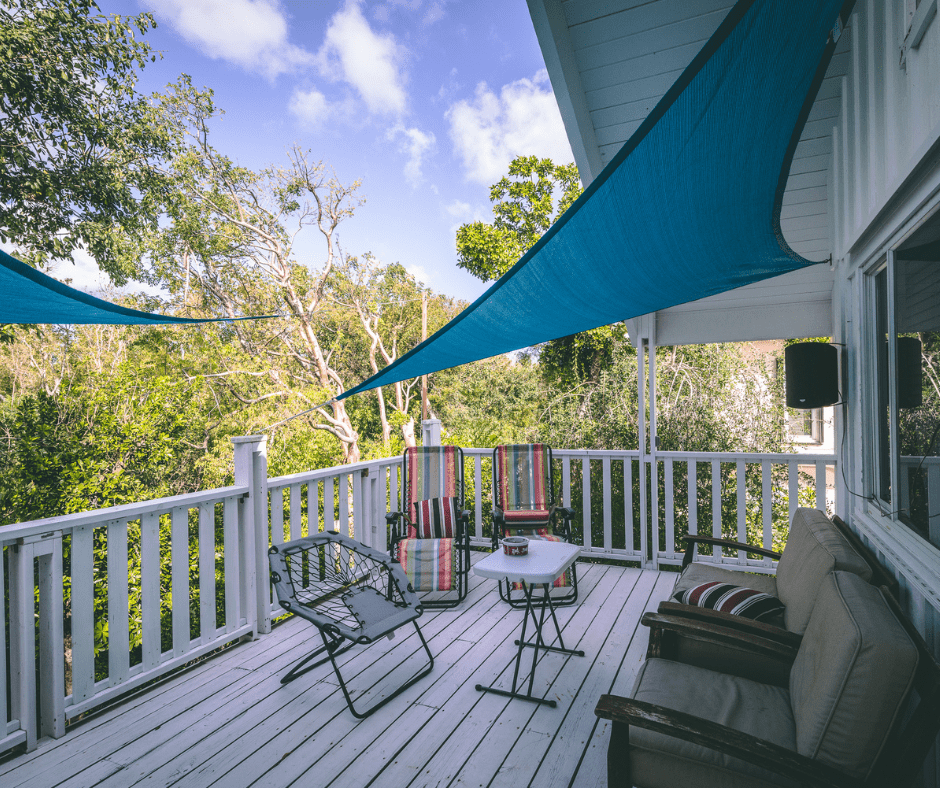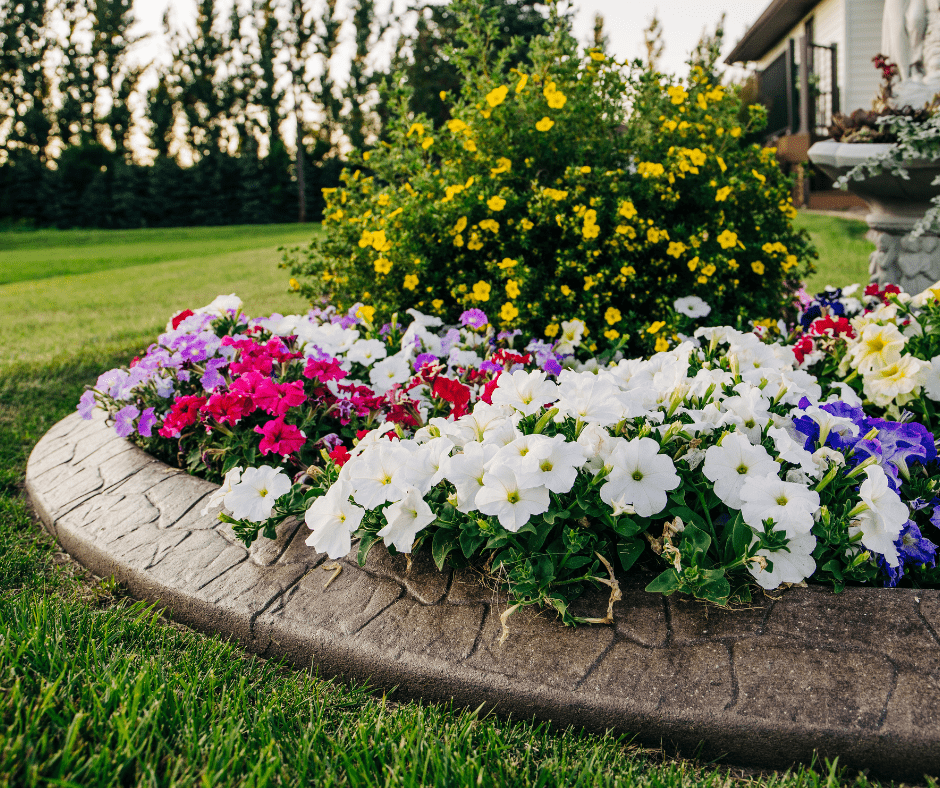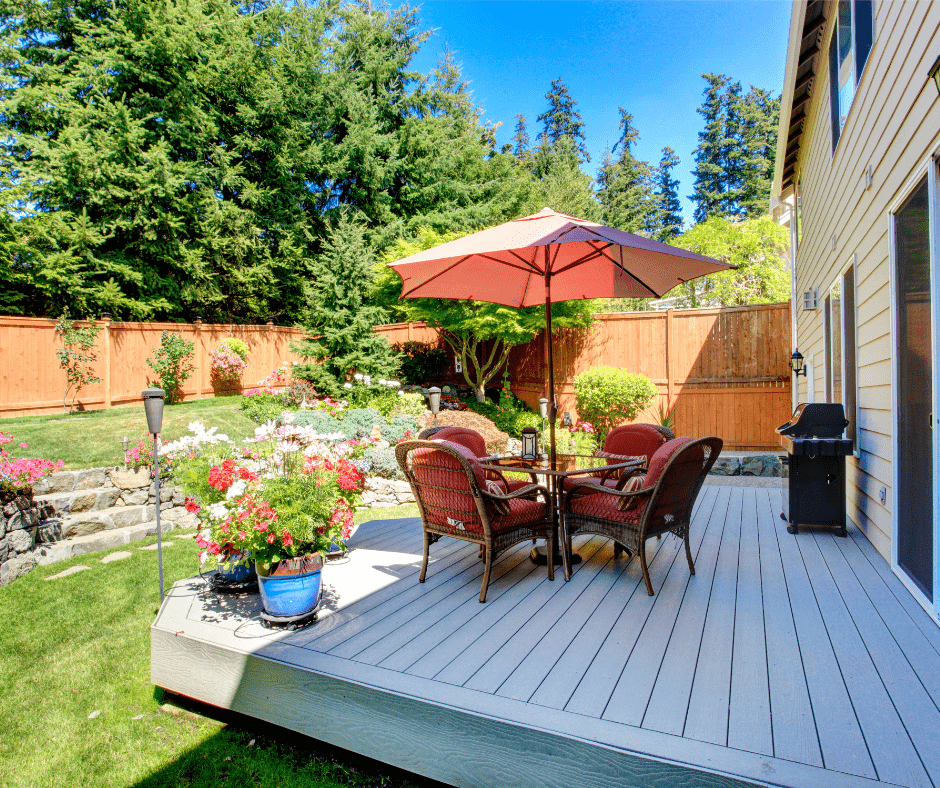From Tenants to Homeowners!

Whatever the reason you’ve decided that it’s time to go from renting a place to live to purchasing a home of your own, there is plenty to consider. From down payments to paint, many factors of home ownership are different than when you’re a tenant in someone else’s home.
-
- Begin budgeting now, if you do not already. Homeownership has more expenses involved than renting, and you need to be able to manage your money properly.
-
- Check your credit score and correct any mistakes, or do what it takes to bring your numbers up.
-
- Start saving towards your down payment.
-
- Be realistic. You know about how much you can afford, so don’t start your initial search in the luxury homes sections.
-
- Once your financial things are in good working order, shop around for a loan, and talk with the lender about your pre-approval amount. Knowing how much you can afford will help keep you in check when it comes to the house searching.
-
- Don’t balk at browsing other homes besides houses--there are affordable townhomes and condominiums that could be perfect for you as your first home purchase.
-
- Think about your community options--do you want to live in a managed community (HOA), a rural area, new construction in a planned community, or an older suburban neighborhood? Each can affect how much you pay in HOA fees, taxes, or maintenance costs.
-
- If you have renter’s insurance, and you should, you’ll note that a homeowner’s policy costs more, because it covers much more than just your belongings. Speak with your insurance agent about a quote so you can budget accordingly.
-
- On the chance that you decide to relocate, you can choose to rent your property and become a landlord yourself. You will have money from the rent to pay towards your mortgage payment, or, if the house is paid for, begin building a nest egg.
-
- Purchasing a newer house than what you’re renting can save money in the end, because of less up-front maintenance, as well as being more energy efficient, thus having lower utility bills.
Think about the freedom to paint your living room teal blue if you like, and feeling like dancing and not having to tiptoe because there are no neighbor’s downstairs. As soon as you are ready, contacting a Realtor to help you get started is the first step you’ll need to take, as they are your guide during the whole home-buying process.
Courtesy of New Castle County DE Realtor Tucker Robbins.














